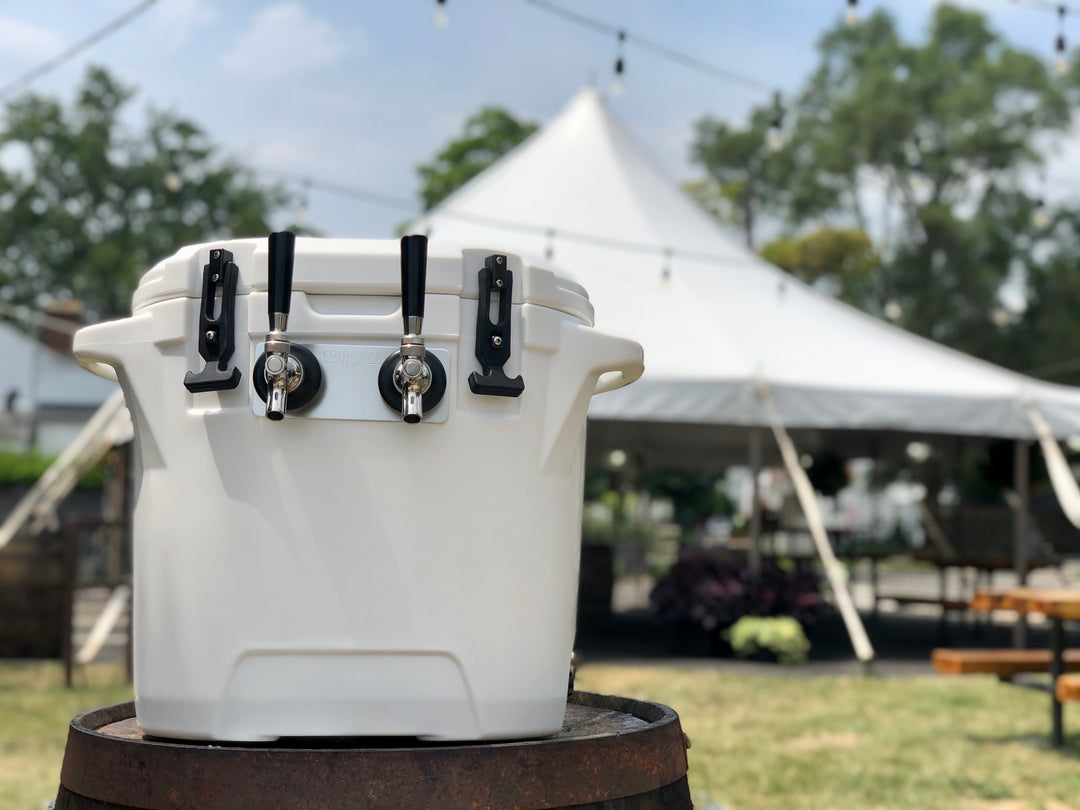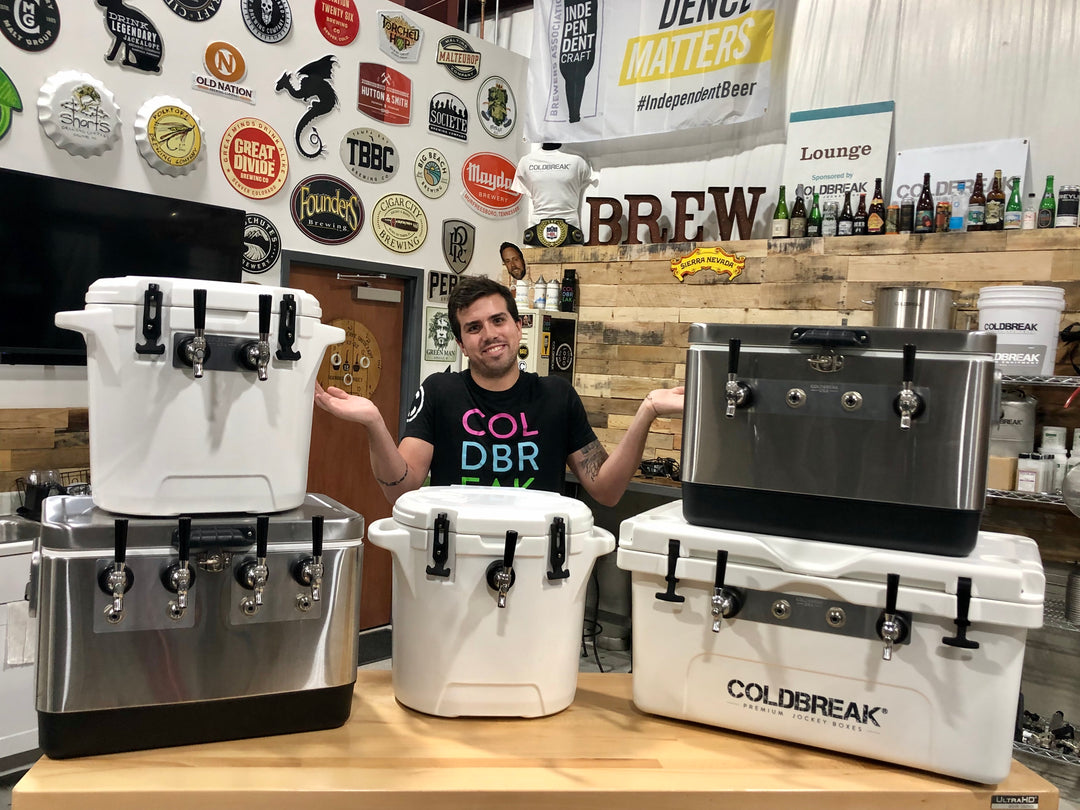Beer Regulator Basics: Primary & Secondary Regulators Explained
Regulators
Beer brewing and dispensing is a technical process that requires precision and understanding of various components and how they interact with one another. Among these, regulating the pressure of carbon dioxide (CO2) or nitrogen in the carbonation and dispensation of beer is of paramount importance. This is where beer regulators, specifically primary and secondary regulators, play a crucial role. These devices are essential in ensuring that beer is stored, carbonated, and served at the correct pressures, which is vital for maintaining its quality and flavor. Understanding the functions and differences of these regulators is key for anyone involved in the dispensing process, from professionals to hobbyists.
Understanding Beer Regulators
A beer regulator is a device used to control the pressure of the gas (usually CO2 or nitrogen) that is used in the carbonation and dispensation of beer. The regulator ensures that the gas is delivered at a consistent and appropriate pressure, which is crucial for maintaining the carbonation level and the overall quality of the beer.
Pro Tip
Regulators can only ADD pressure. They cannot remove pressure from a keg by turning down the regulator. To remove pressure inside of a keg, you must pull the PRV (pressure relief valve) on the beer coupler (which will lower the PSI inside the keg and lower the regulator gauge).
Primary Regulators
Primary regulators are directly connected to the CO2 or nitrogen tank. Their primary function is to reduce the high pressure of the gas in the tank (which can be upwards of 800-900 psi for CO2) to a more manageable level (usually between 10-30 psi for serving beer). This initial pressure reduction is crucial because it makes the gas flow more controllable and safe for use in beer carbonation and dispensation.
Primary regulators typically feature one or two gauges. One gauge displays the pressure of the gas being released from the tank (PSI), and the other shows the remaining pressure in the tank. Some primary regulators are equipped with a pressure relief valve (PRV), which is a safety feature that prevents the regulator and the keg from becoming over-pressurized.
Secondary Regulators
Secondary regulators are used when there is a need to control the pressure of the gas to multiple kegs at different pressures. They are connected downstream of the primary regulator and allow for the pressure to be individually adjusted for each keg. This is particularly useful in setups where different types of beer are being served, as different beers often require different carbonation levels.
Unlike primary regulators, secondary regulators do not connect directly to the gas tank. They usually come into play after the primary regulator has already reduced the tank's pressure to a safer, more manageable level.
The Importance of Proper Regulation
Proper regulation of gas pressure is critical in brewing and dispensing beer for several reasons:
-
Carbonation Control: The level of carbonation in beer affects its taste, mouthfeel, and overall presentation. Different styles of beer require different levels of carbonation. For example, stouts generally have lower carbonation than lagers. Regulators help maintain the right carbonation level for each style.
-
Consistent Quality: Inconsistent gas pressure can lead to over or under-carbonated beer, affecting its quality. Regulators ensure that the beer maintains its intended flavor and texture from the first pour to the last.
-
Safety: Handling pressurized gases can be dangerous. Regulators help mitigate this risk by controlling the pressure of the gas, thereby preventing accidents like keg explosions or gas leaks.
Choosing the Right Regulator
When selecting a beer regulator, several factors should be considered:
-
Type of Gas: CO2 is commonly used for most beers, but nitrogen is sometimes used for certain stouts and ales. The type of gas will dictate the kind of regulator needed, as CO2 and nitrogen tanks have different fittings.
-
Number of Kegs: The number of kegs being served simultaneously will determine whether a secondary regulator is necessary. The more kegs you have, the more control you will want at each individual keg, so secondary regulators become necessary. When only dispensing one-two kegs, you can get away with only using the primary regulator.
-
Pressure Requirements: Different beers require different serving pressures, which should be considered when setting up your system. When dispensing multiple kegs, secondary regulators are the only way to precisely control the pressure at each keg.
-
Quality and Durability: Given the crucial role of regulators in the brewing process, choosing a high-quality and durable regulator is advisable. We have used them all at Coldbreak, and only sell Taprite brand regulators.
Mobile Beer Regulators
Relatively new on the market, mini regulators are designed to connect to the small 74 gram CO2 tanks. Capable of dispensing a 1/4 barrel, the small regulators are perfect for mobile dispensing systems.






